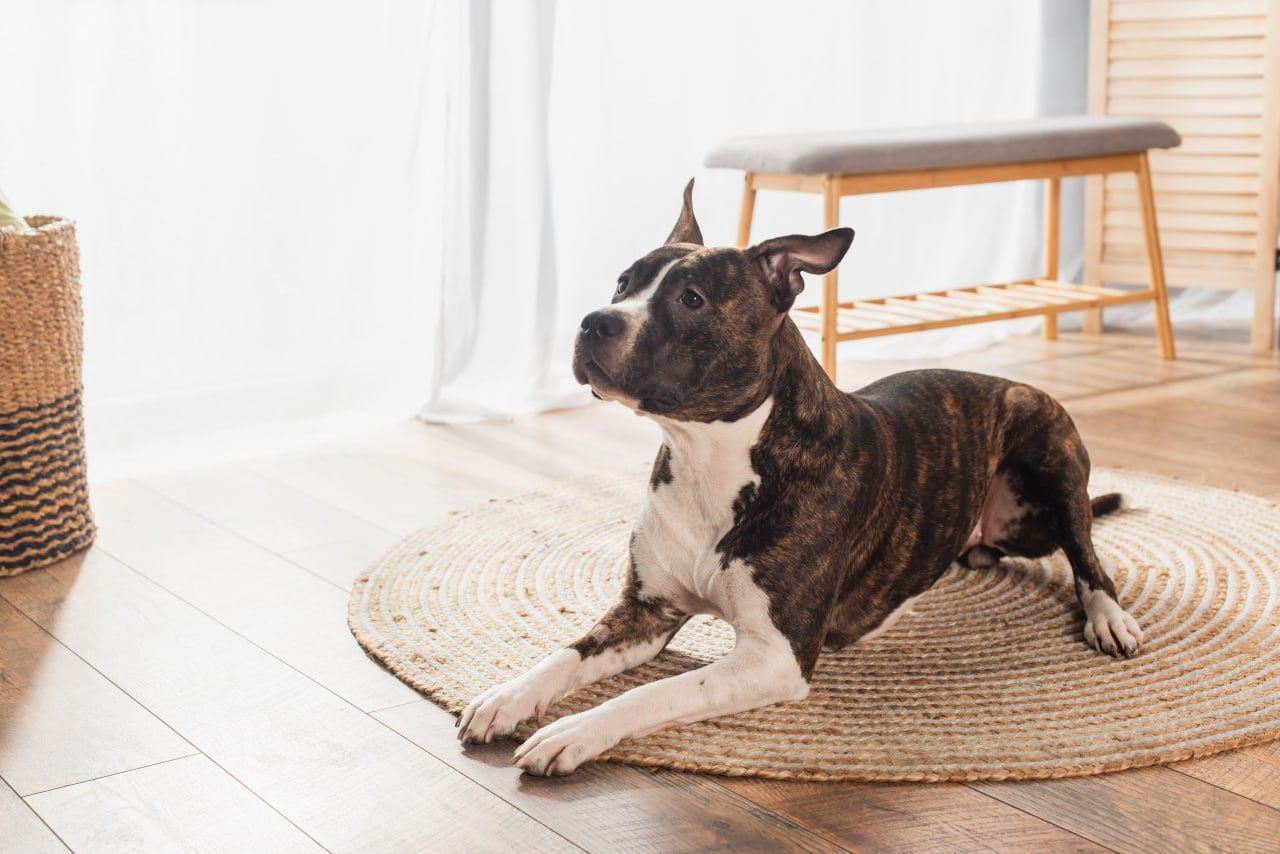Hardwood flooring is a timeless and elegant choice that adds value and beauty to any home. However, deciding when to undertake a hardwood installation project can significantly impact the success and longevity of your floors. At DECO Flooring in Austin, TX, we often get asked, “When is the best time of year to install hardwood floors?” Let’s explore the optimal conditions and timing for a successful hardwood flooring installation.
The Role of Humidity Levels
One of the most critical factors in determining the best time for hardwood installation is the humidity level. Hardwood floors are sensitive to moisture and can expand or contract based on the surrounding humidity. In Austin, where the climate can vary significantly, it’s essential to consider these fluctuations.
During periods of high humidity, typically in the summer months, hardwood can absorb moisture from the air, causing it to expand. Conversely, in the drier winter months, the wood may contract as the air loses moisture. These natural expansions and contractions can lead to gaps, warping, or even buckling if the flooring installation isn’t timed correctly.
Spring and Fall: The Sweet Spots
For homeowners in Austin, TX, the best time of year to install hardwood floors is during the spring or fall. These seasons provide the most stable humidity levels, minimizing the risks associated with expansion and contraction.
Spring
Spring is an excellent time for hardwood installation. As the weather warms up, but before the peak summer humidity hits, the conditions are generally stable. This season offers a balance of moderate temperatures and manageable humidity levels, which is ideal for the hardwood acclimation process. Acclimating your hardwood involves letting the wood adjust to the home’s environment before installation, ensuring that it has adapted to the local humidity and temperature.
Fall
Fall is another optimal period for installing hardwood floors. As the summer heat and humidity subside, the air becomes cooler and drier, creating a stable environment for your flooring installation. Just like in spring, the moderate conditions help the wood acclimate properly, reducing the risk of future issues like gaps or warping.
Summer and Winter: Proceed with Caution
While it is possible to install hardwood floors during summer and winter, these seasons come with additional challenges due to extreme humidity levels and temperatures.
Summer
In the summer, high humidity levels can be problematic. If you choose to install hardwood floors during this time, it’s crucial to control the indoor environment meticulously. Using dehumidifiers and maintaining a consistent temperature can help manage moisture levels. However, the risk of expansion and subsequent issues is higher, so it’s generally better to avoid this season if possible.
Winter
Winter poses the opposite problem. The air tends to be much drier, especially with heating systems running, which can cause the wood to contract. If you decide to proceed with a winter installation, using humidifiers to maintain a stable humidity level is essential. This extra step can help mitigate the risks, but the potential for gaps and shrinking remains.
Preparing for Hardwood Installation
Regardless of the time of year you choose for your hardwood installation, proper preparation is key to a successful project.
Acclimation
As mentioned earlier, acclimating your hardwood flooring is a crucial step. Allow the wood to sit in the room where it will be installed for at least 5-7 days. This period lets the wood adjust to the local humidity and temperature, reducing the likelihood of post-installation issues.
Moisture Testing
Before installation, conduct moisture tests on both the hardwood and the subfloor. Ensuring that both have appropriate moisture content levels will help prevent future problems. At DECO Flooring, we use professional-grade moisture meters to guarantee precise readings.
Controlled Environment
Maintain a consistent indoor environment during and after the installation process. Keeping the temperature and humidity levels stable will help your new floors settle correctly. Aim for a relative humidity level between 35% and 55% and a temperature range of 60°F to 80°F.
The Installation Process
Understanding the installation process can also help in planning the best time to install hardwood floors. Here’s a brief overview of what to expect:
- Preparation: Clear the area of furniture and ensure the subfloor is clean, dry, and level.
- Acclimation: Allow the hardwood to acclimate to the room’s environment.
- Installation: Depending on the type of hardwood flooring, the installation method can vary. Common methods include nailing, stapling, or gluing the planks.
- Finishing Touches: Once installed, the flooring may need sanding, staining, and sealing, depending on whether you chose prefinished or unfinished wood.
- Post-Installation Care: Maintain stable indoor conditions to allow the wood to settle and prevent issues.
Choosing the right time of year to install hardwood floors in Austin, TX, can make a significant difference in the longevity and beauty of your floors. Spring and fall offer the most stable conditions, making them the best seasons for hardwood installation. However, with careful planning and environmental control, summer and winter installations can also be successful. At DECO Flooring, we’re here to help you every step of the way, ensuring your new hardwood floors are a stunning addition to your home.
If you’re considering hardwood flooring for your home, contact us at DECO Flooring. Our experts will guide you through the entire process, from selecting the perfect wood to ensuring a flawless installation.












